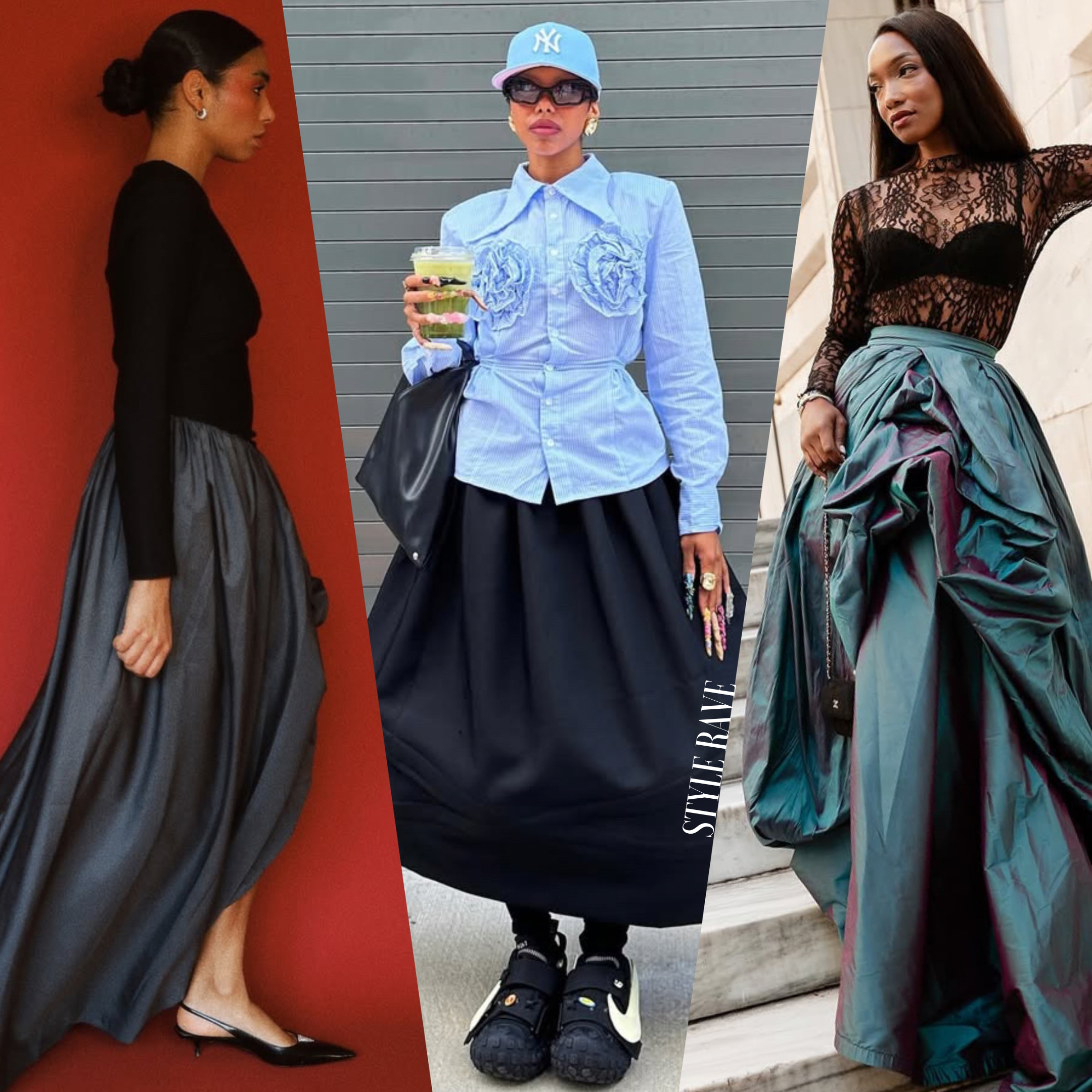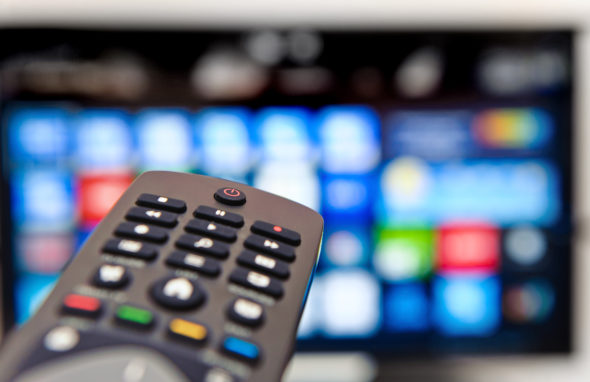A phone’s screen displays the Twitter verification checkmark in gold. … [+]
Twitter said last week that “legacy verified” checkmarks would be removed from celebrity profiles, journalistic accounts, civil servants and others. If they wish to retain the checkmark, those users will need to subscribe to a premium Twitter account.
Already, some prominent account holders have reacted.
LeBron James of Los Angeles Lakers was blunt in his statement last week. Jason Alexander, a TV actor, has pledged that he will leave Twitter if it loses its blue check mark.
The status symbol could be lost by many people.
Twitter removed all blue check marks on Sunday The New York TimesAfter the newspaper of record stated last week that it wouldn’t pay social media platforms for verification of institutional accounts, it did so.
In a statement, Sunday’s Times reported that “We don’t intend to pay the monthly checkmark status fee for our institution Twitter accounts.” Except in exceptional cases, we will not reimburse Twitter Blue staff for their personal Twitter accounts.
The New York TimesThis is not the first time that someone refuses to pay for the check.
The Los Angeles Times, The Washington PostBuzzFeed and Politico have publicly stated that they will not pay for Twitter Blue (the fee-based service which includes blue check marks),
Elon Musk was called The New York TimesSelling subscriptions is considered “hypocritical”, even though the account’s verified owner refuses to pay.
“NY Times is being incredible hypocritical here, as they are super aggressive about forcing everyone to pay *their* subscription,” Musk tweeted on Sunday.
Revenue Stream
Keep the blue checkmark intact will cost you $8 per month for an individual user and $1,000 for an organisation. Each affiliate or employee account must be $50 each. Twitter Blue does not verify individual accounts as it did with Musk and other public figures before the acquisition.
Original purpose of blue check marks was to confirm politicians, journalists, and activists. Later, they were used to combat misinformation. An individual’s blue check marks were meant to make them credible.
Many legacy blue checks, however, aren’t at the level of LeBron or any other celebrity.
Professor Jason Mollica from American University, a professorial lecturer at the School of Communication said that verified blue check marks are meant to inform other users about who those individuals were.
As a Twitter veteran, blue check marks are a sign that someone is real. This can also be used to prove that they’re experts in the field. Mollica added that she is certain it’s not a fake account. Now, with the paid elements, it’s been reduced down to window dressing.”
A Real Life Star Bellied Sneetches
Musk ought to have known about this.
Allowing people to pay for the blue check marks almost seemed to be reminiscent of the Dr. Seuss story “The Sneetches,” where those without green stars were able pay for the privilege – only for the stars to then lose their special status.
The fictional story was meant to be satire about discrimination.
In real life however, it seems that there is no good reason for you to pay extra to “be verified.” News organizations need to earn trust, and celebrities are already well-known for much more than tweeting.
According to Dr. Chris Haynes at Yale, an associate professor of political science and national security, “Part of it has to do Elon Musk.” Musk should have known that the idea of monetizing Twitter through having organizations and people pay to verify it didn’t work. People are used to free services like all social media platforms.
These news outlets have also established thousands to even millions of followers on their accounts. It seems that there is almost no benefit to a blue check mark except its status.
The situation is similar for many celebrities.
This verification might be beneficial to an up-and coming star, but it is a possibility. James and Alexander may not be paying their salaries, but it is possible to ask why they would pay the next superstar. Twitter doesn’t do any real due diligence in verifying people who request a Blue Check, which is something that has been pointed out.
Mollica stated that “On one degree, it could serve to flaunt some, such as a vanity plate.” It could make some feel more important or even spiritually superior.
This could lead to even more dangerous consequences. Those with blue checkmarks could spread false information or disinformation.
Mollica said that there will be people who would like to make it work that way. However, the majority of the population will eventually come to understand that the individuals behind the blue checks were paid. We must remember that information shared by someone who paid for verification does not necessarily mean that it is legitimate or factual.
There could also be fake accounts, possibly those with blue check marks show up on Twitter – and like the fictional Sneetches, it may be hard to tell who is who at some point.
Haynes warned that there is an issue with fake accounts popping up more often. This account might then publish things that can put the person in bad light.”
It’s a bad time for Twitter to change the game
Musk may also be accused, and rightfully so. He’s already faced a mass exodus from Twitter of his followers who do not agree with him as a free-speech absoluteist. The platform is now at risk of losing even more customers by charging for services that were intended to confirm celebrities, news organisations, and other public figures via Twitter.
Haynes said that Elon Musk might be genius but isn’t the most successful businessman. Musk’s political opinions have caused a lot of people to be upset, and now he is charging money for something that was already free. Musk did a great deal to acquire Twitter. Although he might not understand why he purchased it at this stage, it is obvious that he didn’t want it to cost him any money.
It could be that Twitter Blue’s subscription fees are little more than a clear money grab. Social media companies have struggled for years to make money from their services, Haynes said. Musk could not be the only one who has a few options.
It may not the most prudent course of action as Twitter already faces a mass exodus. This effort to make status charges could lead to another.
He added, “I know there’s been talk of a payment wall.” People will move on to other services.”























































![Social Media Spring Cleaning [Infographic] Social Media Spring Cleaning [Infographic]](https://imgproxy.divecdn.com/9e7sW3TubFHM00yvXe5zvvbhAVriJiGqS8xmVFLPC6s/g:ce/rs:fit:770:435/Z3M6Ly9kaXZlc2l0ZS1zdG9yYWdlL2RpdmVpbWFnZS9zb2NpYWxfc3ByaW5nX2NsZWFuaW5nMi5wbmc=.webp)
![5 Ways to Improve Your LinkedIn Marketing Efforts in 2025 [Infographic] 5 Ways to Improve Your LinkedIn Marketing Efforts in 2025 [Infographic]](https://imgproxy.divecdn.com/Hv-m77iIkXSAtB3IEwA3XAuouMwkZApIeDGDnLy5Yhs/g:ce/rs:fit:770:435/Z3M6Ly9kaXZlc2l0ZS1zdG9yYWdlL2RpdmVpbWFnZS9saW5rZWRpbl9zdHJhdGVneV9pbmZvMi5wbmc=.webp)













